The concept of physician burnout has pervaded press, social media and even research manuscripts over the past decade. Increasing awareness is likely due to actively increasing pressures of workload, physician accountability and documentation as well as a growing understanding that a surgeon’s psychological health is critical to the physician’s performance, satisfaction and physical health. Efforts to address burnout center around two critical points: (1) Burnout is not inevitable and can be mitigated; and (2) Burnout results in poor quality of patient care and decreased surgeon psychological health/productivity/career trajectory (decreased engagement/quitting the specialty).
Neurosurgery training would seem a particularly high-risk environment for burnout and the resulting adverse effects. The neurosurgical field has recently recognized the critical nature of addressing burnout to better foster residents undergoing the exceptional challenges of residency training. The Council of State Neurosurgical Societies (CSNS), in conjunction with the AANS and Congress of Neurological Surgeons (CNS), specifically, have worked to publish a recent Journal of Neurosurgery manuscript highlighting resident burnout, while supporting an upcoming study to elaborate on results. The purpose of this article is to (A) assist students, residents and faculty in recognizing burnout as it has been commonly defined in studies; (B) note the preventable factors associated with burnout in neurosurgery residents; and (C) highlight subsequent research in neurosurgery resident burnout – and promote national resident involvement in an upcoming survey.
To understand burnout, it is critical that one must recognize it as distinct from depression. Depression globally affects physical and psychological function, manifesting in instances of insomnia, anhedonia and appetite changes, among others, while burnout specifically disrupts the interface of a surgeon with their working environment. While burnout may degenerate into depression, burnout is specifically defined as a by-product of unchecked professional/emotional distress in the workplace, and consisting of three distinct components. These components, first defined by Christina Maslach, and commonly tested across studies are emotional exhaustion, depersonalization and a low sense of personal accomplishment. Emotional exhaustion begins with the inability to provide emotional support to others, with a general loss of energy and fatigue. Depersonalization, also described as cynicism, is often described as inappropriate or negative attitude towards patients/colleagues, loss of idealism and withdrawal. A low sense of personal accomplishment, also described as inefficacy, is seen as a decrease in perceived capability or productivity. Admittedly, multiple methods of measuring burnout exist; however, the concept that burnout consists of multiple components, and each of these components may be affected to a different degree in a particular surgeon, is critical. Components are differentially affected, depending on the specialty and stage of career.
In our recent 86-item survey of 346 neurosurgery residents incorporating the Maslach Burnout Inventory (MBI), burnout was noted in 67% of residents, with 41% having given serious thought to quitting. The depersonalization component of burnout, described above as negative attitudes towards patients/colleagues and withdrawal, was the highest of the three burnout components: described as “high” in 60% of those surveyed. Respondents were predominantly male (78%), 26-35 years old (92%) and in stable relationships (70%). Unsurprisingly, burnout measures (including all three components) varied by stage of training, with burnout rising sharply from intern to second year (62 to 76%) and decreasing by the final two years of training (49 to 54%). Evaluation of a wide range of demographic, social and workplace factors revealed that burnout was associated with inadequate operating room exposure, hostile faculty and stressors outside of work.
Many of the study results were also encouraging. Despite the two-thirds burnout rate, 81% of residents report being satisfied with their career choice. Furthermore, one factor stood out among modifiable factors associated with burnout – mentorship. Specifically, resident respondents characterizing their mentorship as “meaningful” were associated with a three-fold decreased likelihood of burnout. It is wise, however, to temper conclusions from the study. Despite 346 residents responding to the survey, the overall response rate of completed surveys among 1,600 polled residents was still just under one-quarter. While the noted burnout rate has raised national awareness and protective factors such as mentorship have driven mentorship programs (including one at my own institution), studies assessing burnout after interventions are limited.
Further study is indeed warranted, and multiple institutions and organizations are actively addressing burnout. As noted above, multiple institutions are introducing wellness and mentorship programs, evaluating resident burnout before and after intervention. Furthermore, the CSNS has passed a resolution to evaluate burnout in residents over the course of training, while also assessing associations between emotional intelligence and burnout. Residents are encouraged to assist with studies by completely filling out an upcoming Survey Monkey questionnaire, lasting less than five minutes. A robust response rate will strengthen study results.
Ultimately, residents, their training programs and organized neurosurgery must continue attempts to recognize and mitigate burnout. Very talented, hard-working and successful medical students join residency programs each summer. We all share the goal of guiding these resident trainees towards their own goals of success. Neurosurgery training is hard enough – we need to limit the burnout component of this training.

Frank J. Attenello, MD
University of Southern California
